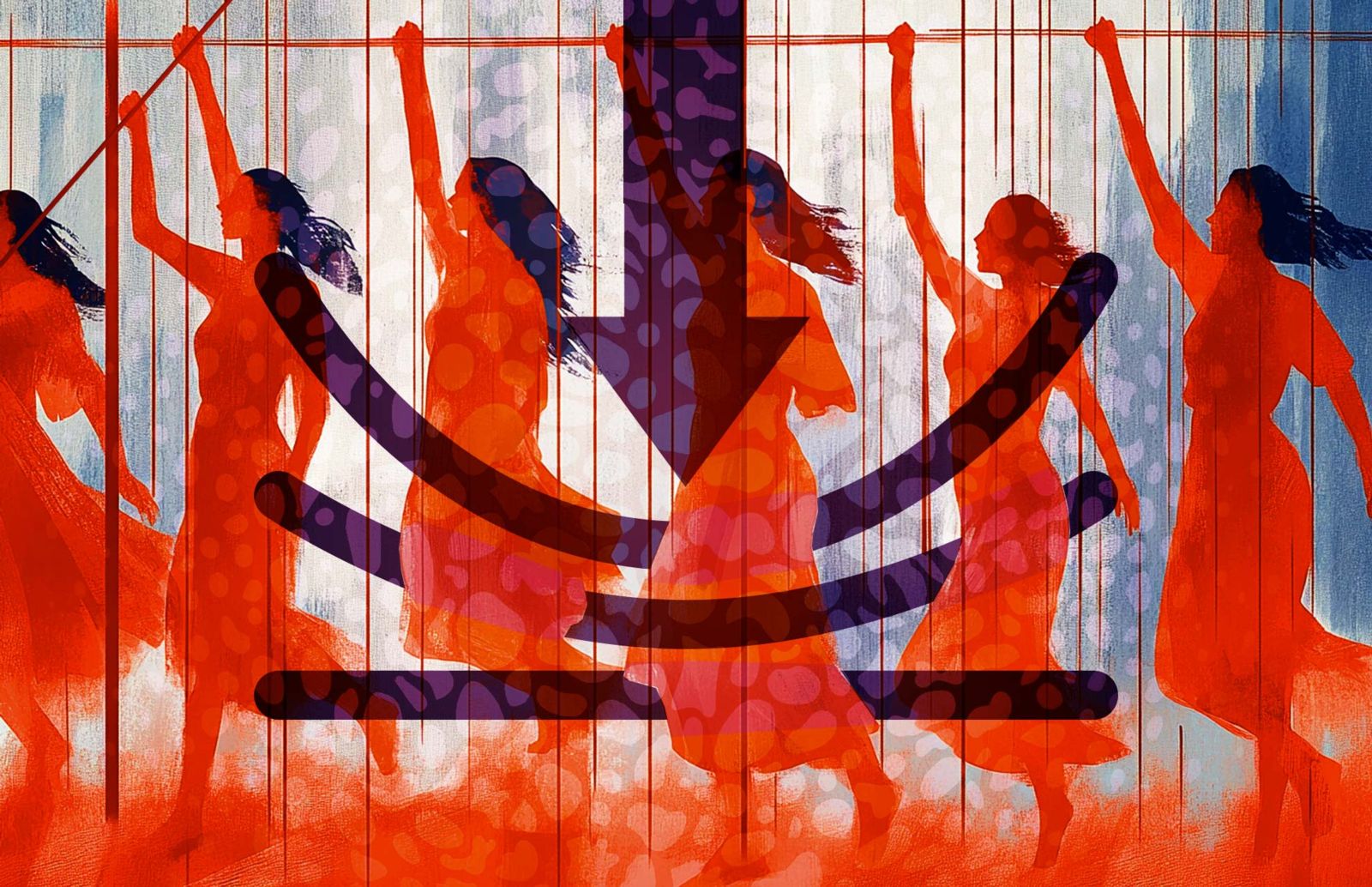Pushbacks to human rights are happening all around us. Globally, we are witnessing funding cuts, attacks on civil society, serious human rights violations in armed conflicts, and attacks on vulnerable groups. We are also witnessing legal losses. For example, in 2022, the United States Supreme Court overturned the right to abortion, last year Uganda’s constitutional court upheld a draconian Anti-Homosexuality Act, and in Somalia, the detention of journalists over the past few months has undermined freedom of expression. Alongside this, the effects of climate change are impacting communities around the world. In parts of Oceania, for example, rising sea levels are causing irreversible damage to communities and represent an existential threat to many Island Nations.
These are not isolated incidents but part of broader global trends: resurgent authoritarianism, the climate crisis, surveillance and the misuse of new technologies, and entrenched inequalities. Human rights advocates are faced with the question: How can we continue the fight despite these setbacks and increasing constraints on advocacy? What do we do after we face a human rights loss?
Reimagining losses
Progress in human rights is rarely—if ever—linear, and losses are inevitable. When faced with a loss, it is okay—even helpful—to make space to feel despair before re-engaging with the work. As an East African activist told us after a devastating legal defeat: “Today we cry and tomorrow we fight.”
When we re-engage with the work, it is worthwhile to think about loss as a moment to reassess and recalibrate our approach. A peacebuilding practitioner and collaborator shared: “There are no failures except losses we don’t learn from.” By viewing setbacks as opportunities for strategic adaptation rather than permanent defeats, we maintain our resilience and capacity to stay effective while tackling multi-decade struggles.
Different moments call for diverse tactics
Sometimes, especially in moments that present a significant risk of harm or loss, the work needs to be focused on protection and safety. For example, in the context of criminalizing homosexuality, the focus might initially be on safehouses and assisting with exile efforts, rather than public advocacy. For migrants at risk, it can be about emergency legal support. In cases of rising authoritarianism, it may be necessary to focus on documentation and the preservation of evidence. At the same time, these steps should not come at the expense of working toward longer-term structural change. Emergency legal support, for instance, needs to be paired with shifting the homophobic or xenophobic attitudes that underlie draconian anti-homosexuality laws and immigration policies.
The most effective advocacy efforts require us to recognize when to shift among various strategies and approaches, adapting to the larger context and urgent needs of communities without losing sight of our long-term goals.
Cross-movement and intersectional solidarity
Human rights movements have often been internationally linked. For example, in the 1940s, civil rights leaders in the United States compared experiences with Dalit rights activists in India. Today, our human rights clinics work in partnership with organizations facing similar issues in distinct regions around the world, and a common theme that has come up in conversations with our partners is the desire to learn from other movements that have navigated similar challenges or setbacks.
Groups engaging in advocacy related to freedom of religion in Central Africa, for instance, have expressed an interest in learning from efforts to support religious minorities in the Middle East and other parts of Africa. They found it valuable to engage in peer-to-peer support and compare tactics and strategies through transnational learning and exchange. But equally valuable was simply knowing that there are other groups across the world who stand in solidarity with them.
At the same time, solidarity does not, and should not, be limited to solidarity from within a particular movement. In the context of LGBTQI+ advocacy, it is important for those outside the movement to ensure that those most impacted are not alone. In fact, when parents, religious leaders, and political actors speak up in support of gender and sexuality rights, it has often allowed the movement to reach a broader audience. Further, such social support can have positive health outcomes and buffer the impact of stress upon communities experiencing high levels of ostracization.
And the process of solidarity is critical. As human rights activist Sarah Jackson notes, true transformative solidarity is not about displacement or speaking for others, but instead centering the agency of impacted individuals and communities, and creating space for mutual support, empathy, and horizontal relationships.
Narrative change
As a field, we need to frame what we want rather than just what we oppose. Human rights strategist Thomas Coombes has explained that the field needs to offer solutions and hope. He uses environmental and economic justice movements to demonstrate the importance of this shift toward solution-based efforts. In the case of the environmental movement, the shift occurred when the movement recognized the difference between narratives that resulted in despondency as opposed to urgency. In thinking about economic inequality, proposing innovative solutions rather than focusing on the harms of austerity measures can shift attitudes.
An important way to cultivate narrative change is by engaging in storytelling. By telling stories that engage with the emotion and humanity of those around us, our persuasive advocacy can shift the ways that people think about urgent human rights challenges. In the context of the climate crisis, lawyer and writer Julian Aguon powerfully argues that it is the stories of the everyday, and what our homes look like and mean to us—rather than the stories of the crises we face—that can advance change.
As we seek to engage with multi-decade, entrenched human rights struggles, we need to re-examine our relationship with loss and setbacks. By thinking intentionally about how we can respond to setbacks, we can start to chart strategies to stay in the game, work towards longer-term victories, and effect transformative change.

